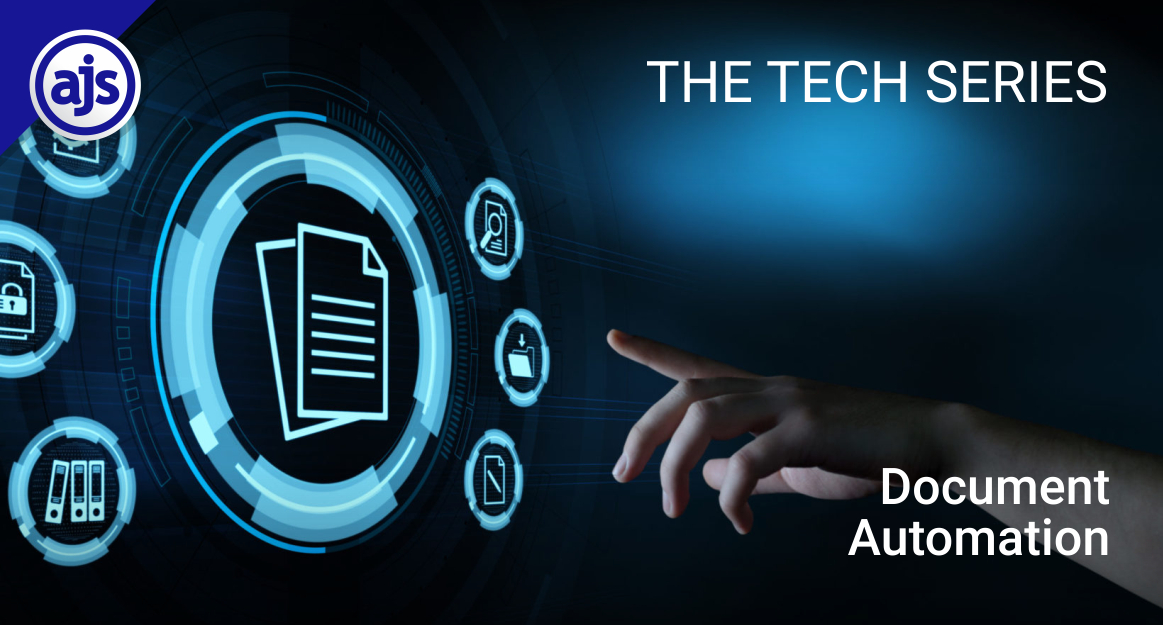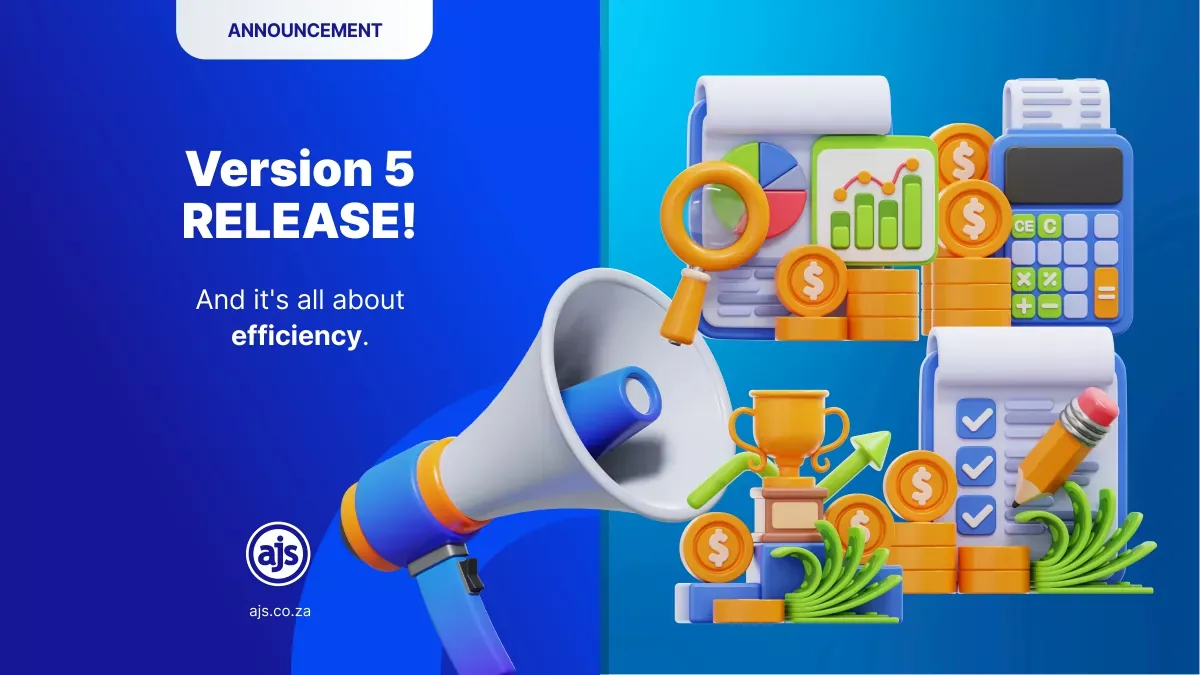
THE TECH SERIES
Document Automation
Haresh Sippy, Chief Founder & Managing Director of Tema India Ltd said the following –
Automation is cost cutting by tightening the corners and not cutting them.
In other words, whilst automating tasks may prove beneficial and help with the bottom line, automation does not cut out the jobs requiring human input. Rather, automation allows for these tasks to be completed more efficiently. And part and parcel of making things more efficient, involves finding a better way to complete these tasks.
This is where automation steps in – exactly where lawyers need help.
Burdened by the increased demand for delivering contracts and/or other legal documents at a more rapid rate, lawyers are not only looking for a way to streamline their law firm operations, but they are also looking at how they can churn out their outputs efficiently, promptly, with increased accuracy and with the added bonus of making their bill of costs more palatable.
The point of new technology is to help us do what we need to do, more efficiently and often at a reduced cost.
So, our main aim, as always, is to shed light on tech products that we believe are not only attainable but are worthwhile attaining – assisting your practice to run smoothly, efficiently, and optimally. Everything that this week’s topic stands for.
We therefore hope that this article on document automation will shed light on what it is, how it works and how it can benefit your practice.
Without further ado, let’s get the ball rolling –
Document Automation
Before we begin on the various mechanics involved with document automation, we want to emphasise the following – document automation should not be seen as the replacement of or threat to the role of a lawyer. Lawyers will always be the custodians of all legal documents that form the basis of business. That should be a given. But the process of automation can help to alleviate the burden of grueling, time-consuming, labour-intensive tasks, freeing up the lawyer to focus on elements of their role that add real value to an overall value-chain.
That said….
What is document automation?
Document automation is defined in The Definitive Guide to Legal Document Automation. For Law Firms, as –
“Document automation means creating automated templates, using software, for legal documents (such as contracts). Once the templates are created, users of the software usually answer questionnaires. Once it has this information, the software can instantly generate the contract, and you’re done. The purpose is to automate the repetitive process of building a document from scratch each time you need a new contract. In practice, many contracts are extremely similar, with just a few variations. So, for example, once you create an NDA template, the next time you need an NDA, you can generate it much more quickly using the questionnaire.”
In our article The “Top 7” legal tech trends for 2022, we set out that document automation decreases the time it takes to execute contracts and produce various documents, thereby making every-day drafting tasks simple and efficient.
In addition, by choosing the correct application, many document drafting processes proceed with little to no effort. This in turn means that more time can actually be spent on building client relationships rather than spending time on labour intensive, time consuming and (often) repetitive tasks.
And this, as we are sure you can imagine, has the wonderful knock-on effect of reducing costs, protecting revenue, optimising headcount, and reducing overall risk. Moreover, as technologies continue to evolve to include a range of different file and data types, traditional ways of operating will be challenged forever.
Furthermore, with the additional use of cloud-based document automation, data is seamlessly integrated into templates which populate signature-ready documents instantly (remember our article on digital signatures?). Through programming language and automation technology, precise and accurate documents can be drafted in a single click.
And this according to a study by McKinsey & Company means that at least 25% of a lawyers time can be automated with the right legal tech solutions.
Take XpressDox as an example.
XpressDox can take your legal practice to the next level. It is a powerful document assembly system handling your document automation needs with ease. It can be used as a stand-alone product, on a network, via the web (own-hosted or XpressDox-hosted), or even from within your own application or website.
The result?
According to Lawahead’s article 10 Trends in the Legal Tech Sector for 2022, “the incorporation of software that allows users to automate documents, the management of contracts and legal searches has become mainstream”. And with 72% of lawyers surveyed worldwide, stating that they are “worried about the increasing complexity and volume of documents they have to analyze” it leaves little wonder why document automation is becoming increasingly more popular.
When should I automate?
According to The Definitive Guide to Legal Document Automation. For Law Firms, you should automate your document processes in/if/when your matters are –
1. “High risk and require consistent inputs and outputs across a standalone document or a broader suite;
2. Done repeatedly, using well-established documents and processes;
3. Tedious or time consuming to complete manually;
4. Done on a fixed-price basis and/or with low profit margin, and
5. Of a type that could benefit from clients or a third-party inputting data or participating directly in matter workflows.
When should I NOT automate?
Similarly, you should NOT automate your document processes in/if/when your matters are –
1. New areas of legal practice with processes and documents that are still to be settled;
2. Unique or non-repeatable tasks and bespoke matters, done on an ad hoc basis;
3. Matters with frequently changing requirements, and
4. Documents that are not in Word format.”
How does document automation work?
According to Bigtincan, document automation works by “pulling data and text from a variety of sources and inserting it into predefined areas of document templates. These templates can include anything from simple text blocks to more sophisticated elements such as tables, graphs, and images. Automation is most useful for users who need to frequently assemble complex, data driven documents. Besides being a huge time saver, the user can ensure that the documents are always accurate, properly formatted, and most importantly, compliant.”
In other words, document automation, quite simply, involves taking data and text from various sources and combining them into a new document created from predefined templates. This, in turn, eliminates the need for manual drafting, and replaces these with a simple questionnaire that formats responses into a final document with very minimal effort (as we said above).
What do we suggest?
Setting out the benefits of automating your documents – whether it be contracts or otherwise – at this point seems to be a fait accompli. Obvious.
However, we do recommend doing your research and finding the correct document automation system that suits YOU and YOUR practice. Some good resources on document automation software can be found on the Lawyerist and on Rally.
Having said that – and not to “blow our own trumpets” but AJS has a wide suite of products that incorporate document automation solutions into their service offering. In addition (and as already mentioned), XpressDox can be used as a stand-alone product that delivers an easy-to-use solution to help you and your team create documents quickly and efficiently.
For more information on the products AJS can offer your firm, get in touch with us today and let’s see how we can best help you automate.
– Written by Alicia Koch on behalf of AJS





Pingback: THE TECH SERIES - AJS South Africa